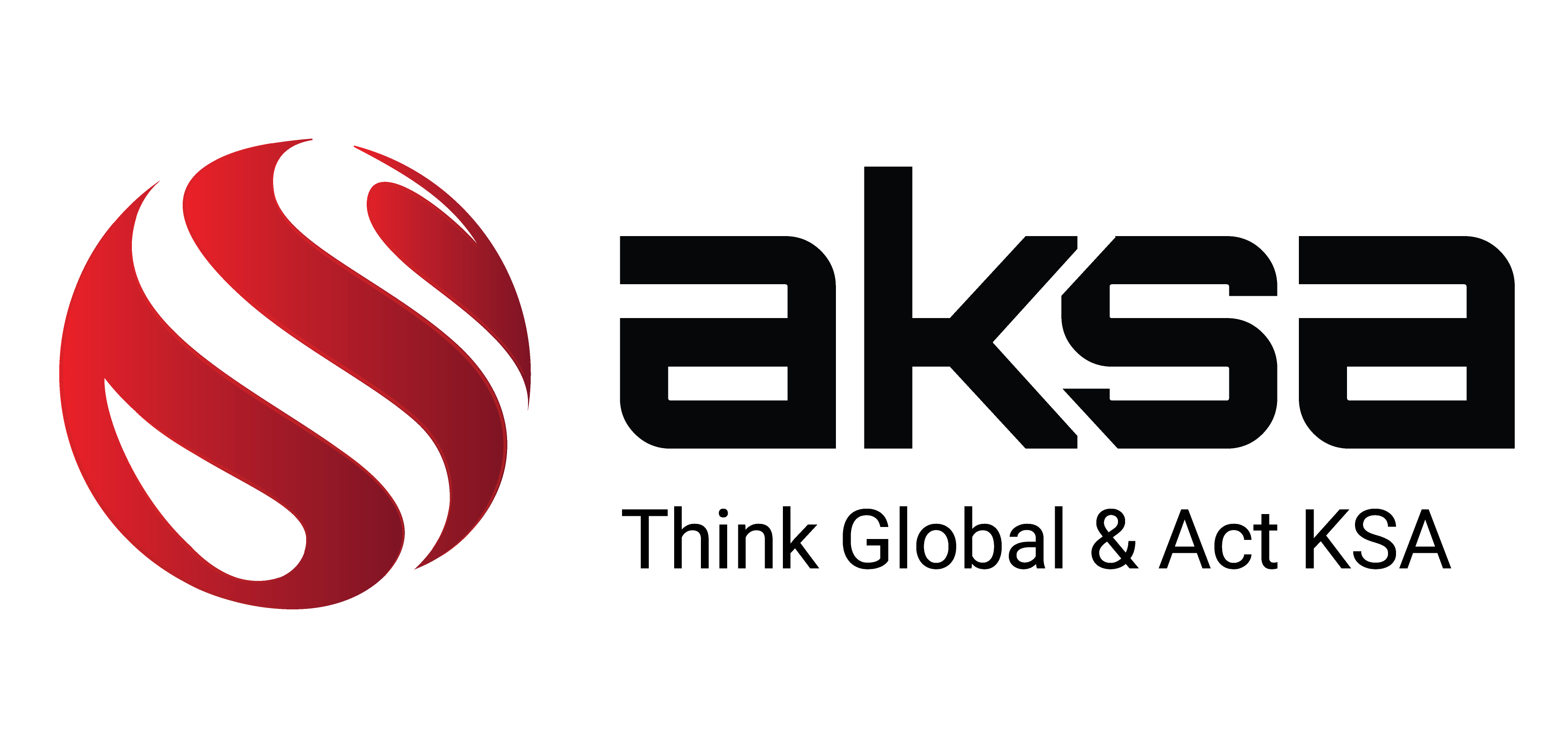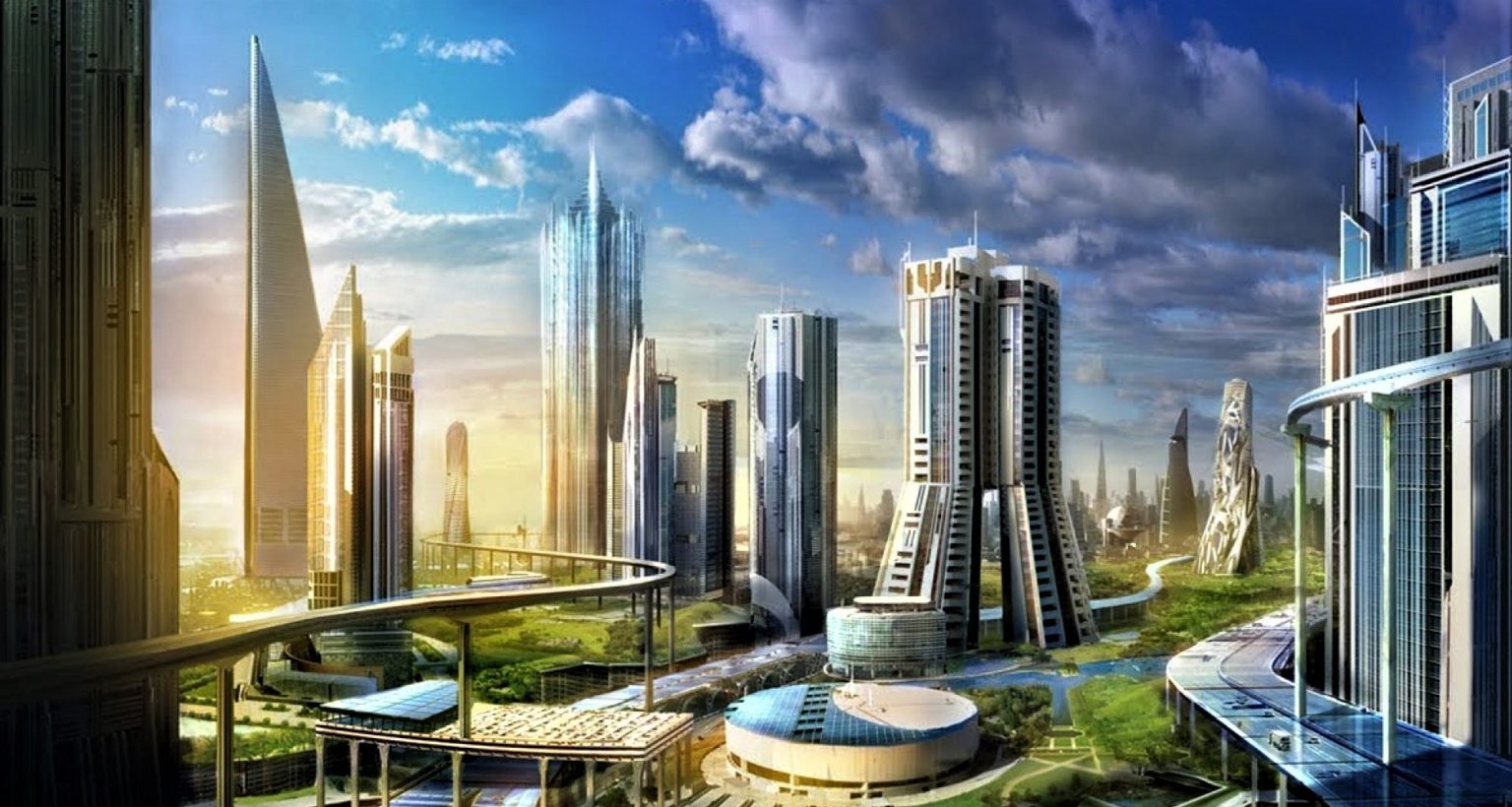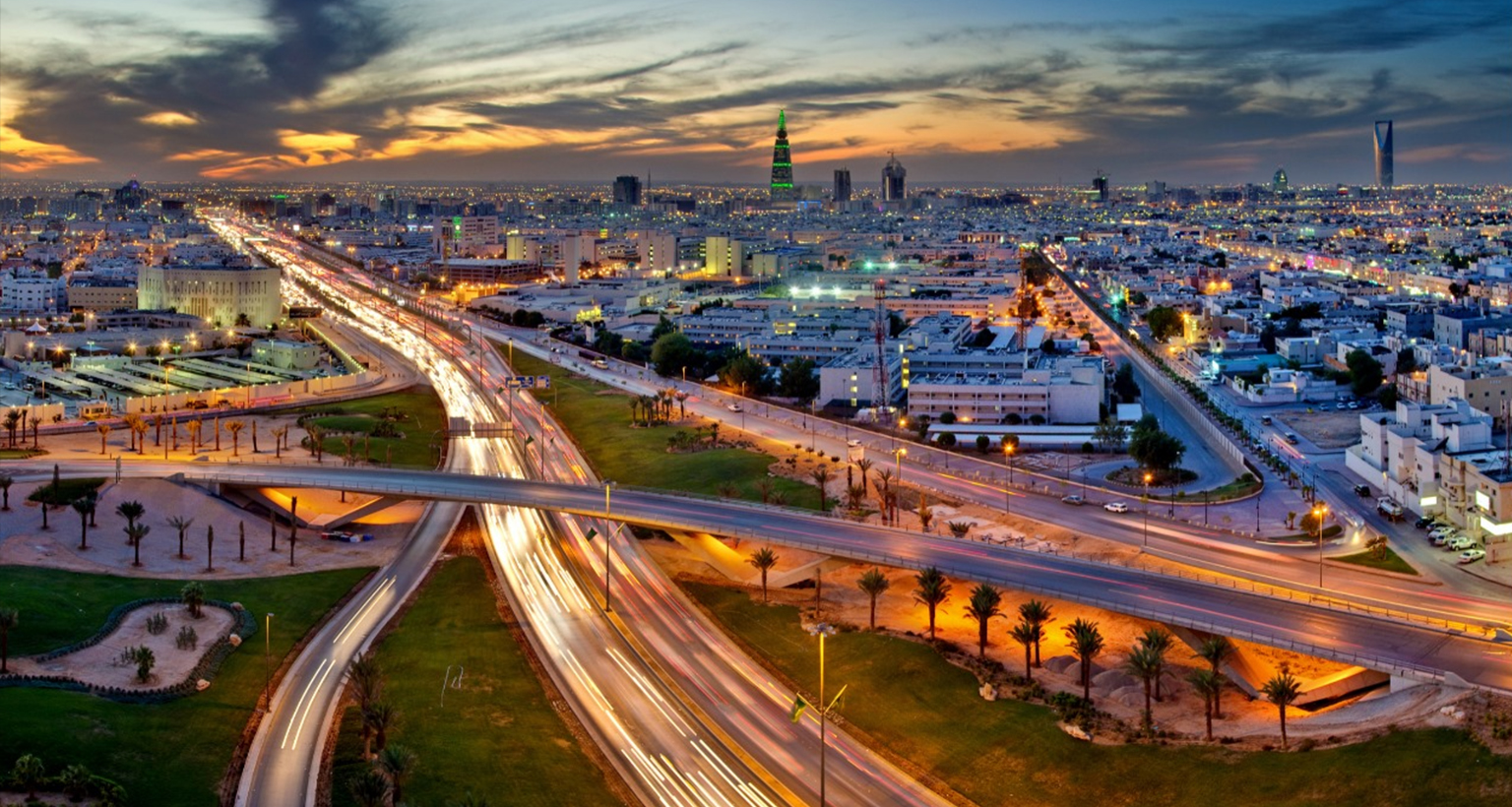Vision 2030 in Saudi Arabia
What is Vision 2030 in Saudi Arabia?

Background
Saudi Vision 2030 was launched back in 2016, with the objective of “transforming” the Kingdom’s economy and society. The Vision is the foundation for the evolution of the Saudi economy through a range of investments, and the implementation of reforms in the public sector, the economy, and society. Initiatives under Vision 2030 have led to improved government efficiency, economic growth, and a myriad of new investment opportunities for local and foreign investors alike.
One of the core objectives is diversifying the Saudi economy away from dependence on oil revenue, and through innovative growth opportunities, the Saudi Government aims to accomplish their goals through the development of a favorable and competitive business environment for local and foreign investments.
Essential to Vision 2030 is the development and support of new sectors by the Kingdom’s Public Investment Fund, which capitalize on its natural, cultural, geographical, and economic advantages. This article will provide you with an overview of Vision 2030, its core elements,, and a snippet of the Kingdom of Saudi Arabia’s progress so far.
“Transformation” is the keyword for Vision 2030
Fundamentals of Saudi Vision 2030
Vision 2030 is built on achieving three major goals:
A vibrant society
Vision 2030 seeks to develop a fulfilling society as the foundation for economic prosperity. This pillar focuses on creating strong roots that strengthen ties to modern Islam, Saudi heritage, and culture, while also providing world-class entertainment options, sustainable living, and efficient health and social care systems.
The 2030 goals associated with this pillar are:
- Increase the Kingdom’s annual capacity to welcome Umrah visitors from 8 million to 30 million pilgrims.
- More than double the number of Saudi heritage sites registered with UNESCO
- To have three Saudi cities ranked in the top 100 cities in the world
- To increase household spending on cultural and entertainment activities inside the Kingdom from the current level of 2.9% to 6%
- To increase the ratio of individuals exercising at least once a week from 13% of population to 40%
- To raise the Kingdom’s position from 26 to 10 on the Social Capital Index
- To increase the average life expectancy from 74 years to 80 years.
Key targeted sectors under pillar one :
- Tourism
- Religious Tourism
- Healthcare
- Culture and Heritage
- Entertainment
A thriving economy
As per Vision 2030, Saudi Arabia is working on creating an attractive business environment that supports and stimulates economic growth and job creation through leveraging its location, attracting top talent, and increasing inward global investment.
The Kingdom is opening up for business like never before, this will enable it to become a leading global economy, through improving the business environment, restructuring the economic cities, creating special economic zones, and deregulating the energy market to make it more competitive. The government is diversifying investments by unleashing the potential of new sectors and privatizing government services.
Located at the crossroads of three continents, this pillar works on leveraging the Kingdom’s unique position to become a major hub for international trade and forming new partnerships to grow the Saudi economy and supporting its domestic companies in increasing exports.
The 2030 goals associated with this pillar are:
- To lower the rate of unemployment from 11.6% to 7%
- To increase SME contribution to GDP from 20% to 35%
- To increase women’s participation in the workforce from 22% to 30%
- To move from the Kingdom’s current position as the 19th largest economy in the world into the top 15
- To increase the localization of oil and gas sectors from 40% to 75%
- To increase the Public Investment Fund’s assets, from SAR 600 billion (USD 160 bn) to over 7 trillion (USD 1.8 trillion)
- To rise from the Kingdom’s current position of 25 to the top 10 countries on the Global Competitiveness Index
- To increase foreign direct investment from 3.8% to the international level of 5.7% of GDP
- To increase the private sector’s contribution from 40% to 65% of GDP
- To raise the Kingdom’s global ranking in the Logistics Performance Index from 49 to 25 and ensure the Kingdom is a regional leader
- To raise the share of non-oil exports in non-oil GDP from 16% to 50%
Key targeted sectors under pillar 2 are:
- Mining & Resources
- Manufacturing
- International Trade
- Oil and Gas
- Renewable Energy
- SMEs
An ambitious nation
The vision seeks an effectively governed, transparent, and accountable country, encouraging all of society – citizens, businesses, and non-profit organizations – to take the lead in identifying and pursuing opportunities to advance the economy. This efficiency empowers all stakeholders to play a more active role in the economy.
The government is committed to being transparent and accountable, managing its finances efficiently and effectively, being agile, and tracking performance periodically.
The non-profit sector plays a crucial role in addressing the needs of Saudi communities and promoting social progress, and receives special attention through Vision 2030.
The 2030 goals associated with this pillar are:
- To increase non-oil government revenue from SAR 163 billion (USD 43.5 bn) to SAR 1 Trillion (USD 27 bn)
- To raise the Kingdom’s ranking in the Government Effectiveness Index, from 80 to 20
- To raise the Kingdom’s ranking on the E-Government Survey Index from its current position of 36 to be among the top five nations
- To increase household savings from 6% to 10% of total household income
- To raise the nonprofit sector’s contribution to GDP from less than 1% to 5%
- To rally one million volunteers per year (compared to 11,000 as of 2016)
Key targeted sectors under pillar 2:
- Government Sector
- Non-Profit Sector
Mechanisms of achieving the 2030 Vision
The government has launched several transformative programs that have paved the way for the Vision and will help in achieving the set goals. These transformative programs include, but are not limited to:
The Government Restructuring Program
The government has started organizing themselves with agility, continuously restructuring and aligning their systems to national priorities. The Saudi government started by eliminating supreme councils and establishing the Council of Political and Security Affairs and the Council of Economic and Development Affairs. These reforms have helped to speed strategy development and decision making, as well as enhance performance.
The Fiscal Balance Program
After the Council of Economic and Development Affairs was established, existing capital expenditures were examined, their approval mechanism and their measurable economic impact. Committees were formed and introduced new departments tasked with reviewing relevant regulations and taking the necessary action on the expenditures. As a consequence, non-oil revenues increased by 30 percent.
The Performance Measurement Program
The principle of performance measurement was instituted, and made sure it is properly used in the evaluation of all government agencies, programs, initiatives and executives. The Center for Performance Management was established to institutionalize the efforts for the long-term and built performance dashboards to promote accountability and transparency.
The Saudi Aramco Strategic Transformation Program
Saudi Aramco, the national oil company of Saudi Arabia headquartered in Dhahran, is as of 2022, the second-largest company globally in terms of revenue. Saudi Aramco has the ability to lead in other sectors besides oil, and is working on a transformative program that will position it as a leading institution in multiple sectors.
The Privatization Program
The Privatization Program is a driving growth engine for the private sector by providing dynamic services, unlocking the potential of government assets, empowering its capabilities, and fostering exciting new opportunities. Additional sectors suitable for privatization are under process, where the goal is to implement a comprehensive privatization program.
The Strategic Partnerships Program
The Saudi government is working with economic partners globally to build new strategic partnerships, aligning with the national Vision, transforming Saudi Arabia to an international trade hub connecting three continents, increasing Saudi exports.
The Public Investment Fund Restructuring Program
Having worked on restructuring the fund, refining its investment capabilities and enabling the fund to manage a broader portfolio of current and new assets is key to expanding funds under management as per the Vision’s goals. It is one of the largest sovereign wealth funds globally.
How is Saudi Arabia Progressing Towards Vision 2030 Goals?
A vibrant society
- Number of Saudi heritage rose from 4 in 2016 to 7 by 2023
- Life expectancy rose from 77 to 78 by 2023.
- Healthcare coverage rose from 78% in 2016 to 96.4% by 2023.
- Umrah performers rose from 6.2 million in 2016 to 13+ million in 2023.
- Tourism visitors increased and marked 100 million visits in 2023.
- Investment in road infrastructure led to a decline in road accidents by -52%.
The previous indicators are complemented with steady growth rates in the health sector’s contribution to the country’s GDP, as illustrated in the below figure.

A thriving economy
- Saudi unemployment decreased from 12.3% in 2016 to 8.6% in quarter 3 of 2023.
- 1.27+ million SMEs have registered in 2023
- Saudi women participation in the labor force rose from 17% in 2017 to 35% in quarter 3 of 2023.
- The PIF assets under management grew from USD 192 billion in 2016 to USD 749 billion in 2023
- The non-oil GDP annual growth rate rose from 1.8% in 2016 to around 5% in the first half of 2023.
In addition to the previous positive indicators, the annual Saudi GDP achieved significant jumps, reaching its peak in 2022.

As well as enhancements in the external trade, whereby Saudi exports hiked in 2022.

Attractiveness of the Saudi economy to foreign direct investment is emphasized with increasing volumes of FDI, specifically in 2021 and 2022.

The operating revenues of the SME sector have also been on the rise, as illustrated.

Unemployment rates among the Saudi labor force has been following a declining trend, reaching its lowest level in the third quarter of 2023 at 8.6%.

On the other hand, the participation rate of Saudi women in the labor force has also been inclining and reached a new level at 35% in the third quarter of 2023.

The manufacturing index, measuring the performance of the manufacturing sector, and one of the key strategic sectors, have shown recovery from the covid-19 outbreak in 2020, marking the highest levels in 2022.

Third: An ambitious nation
- Ministry of justice in currently 84% digitized
- Volunteer numbers rose significantly from 22 thousand in 2015 to 834 thousands in 2023.

The ranking of Saudi Arabia has improved significantly in the past years, where the ranking went from 52 in 2018 to the 31st in 2022, as per the E-government indicator, which reflects the increasing reliance of the Saudi government on digital services and interfaces.

The ranking of Saudi Arabia’s logistics index has also encountered improvements, reaching the 38th position in 2023.

Finally, the Saudi economy’s global competitiveness ranking marked a significant jump in 2023, ranking 17th globally, showcasing an attractive and improved business environment.

The Saudi government has achieved several milestones on different fronts, and is still working on meeting the strategic goals by 2030, leaving plenty of room for foreign and local investors to play a vital role in working on these targets and benefiting from the rewards and benefits of investing.





Leave a comment